New York's Cooper Hewitt Smithsonian Design Museum reopens after a bold makeover
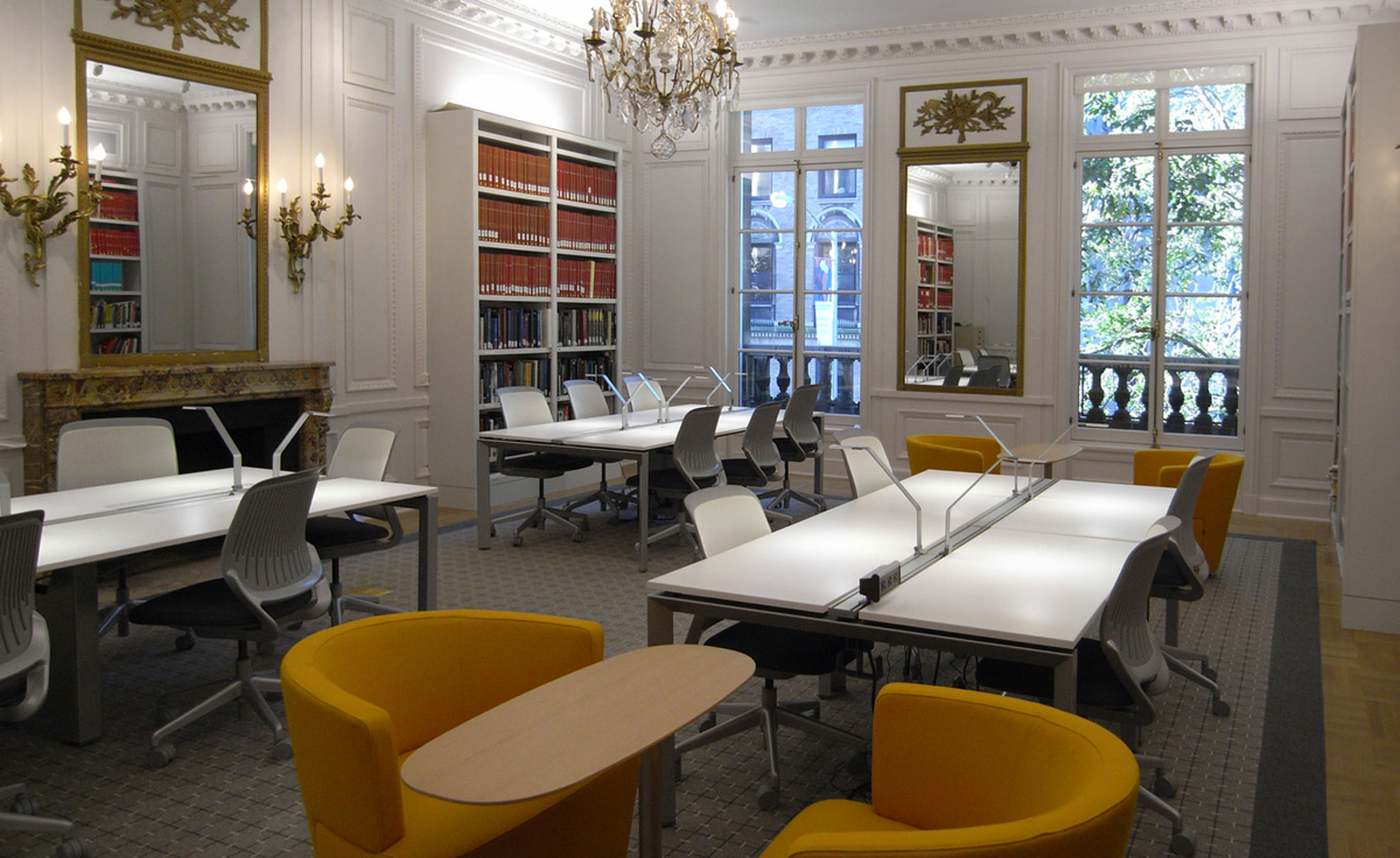
On December 12, 1902, Andrew, Louise, and five-year-old Margaret Carnegie were moving into their newly completed home, designed by architectural firm Babb, Cook and Willard to fulfill the steel magnate's wish for 'the most modest, plainest, and most roomy house in New York'. What a difference 112 years makes. Now, the former Carnegie mansion has just reopened to the public as the new and improved Cooper Hewitt Smithsonian Design Museum.
Established in 1897 by the collecting granddaughters of industrialist and inventor Peter Cooper as the Cooper Union Museum for the Arts and Decoration, the museum has occupied the landmark Upper East Side mansion since 1976, although then-director Lisa Taylor confessed that the museum had outgrown the place ('a very strong building, not a very beautiful building') before it had even moved in. Plans for renovation and expansion began taking shape in 2004, and a design dream team – stacked with previous winners of the museum's National Design Awards such as Gluckman Mayner Architects, Diller Scofidio + Renfro, Hood Design, Local Projects, and Pentagram – was assembled, along with funding of $91 million.
A decade in the making, the new Cooper Hewitt has gained not only 60% more exhibition space but also the integrated, expansive feel of a true museum, without sacrificing the neo-Georgian domestic charms and exquisite gardens (opening in June 2015) of its unique home. Gone is the impression of an institution forced to tiptoe around grandmother's house with jerry-rigged accommodations to modern building codes.
In its place is an assured fusion of the traditional (a grand wooden staircase, newly revealed Caen stone, the meticulously restored teak room designed by Lockwood de Forest) and the contemporary (a new fourth-floor gallery proportioned to museum dimensions, interactive tables, a smart pen distributed upon arrival that allows visitors to 'collect and create'). 'This renovation allowed us to pause, to take a look at everything that defines Cooper Hewitt, and to ensure that our purpose - to inspire, educate, and empower people through design - informs everything that we do,' says director Caroline Baumann. 'We're aiming to make design fun, illuminating, and immersive.'
That goal is apparent in many of the ten inaugural exhibitions and installations. Among these juxtaposition-heavy shows is an exploration of the changing relationship between designers and users (from Henry Dreyfuss-designed telephones to 3D-printed prosthetic limbs) and the exquisitely presented 'Maira Kalman Selects', in which the author, designer, and artist has created a room-sized collage of objects, including a Bauhaus-era glass teapot, lemon-hued kidskin slippers from the 1830s, and Abraham Lincoln's pocket watch, accompanied by the sound of its ticking-that suggest the sequence of a life, from birth to death. 'The pieces that I chose [from the Cooper Hewitt collection] were based on one thing only – a gasp of delight,' says Kalman. 'Isn't that the only way to curate a life?'
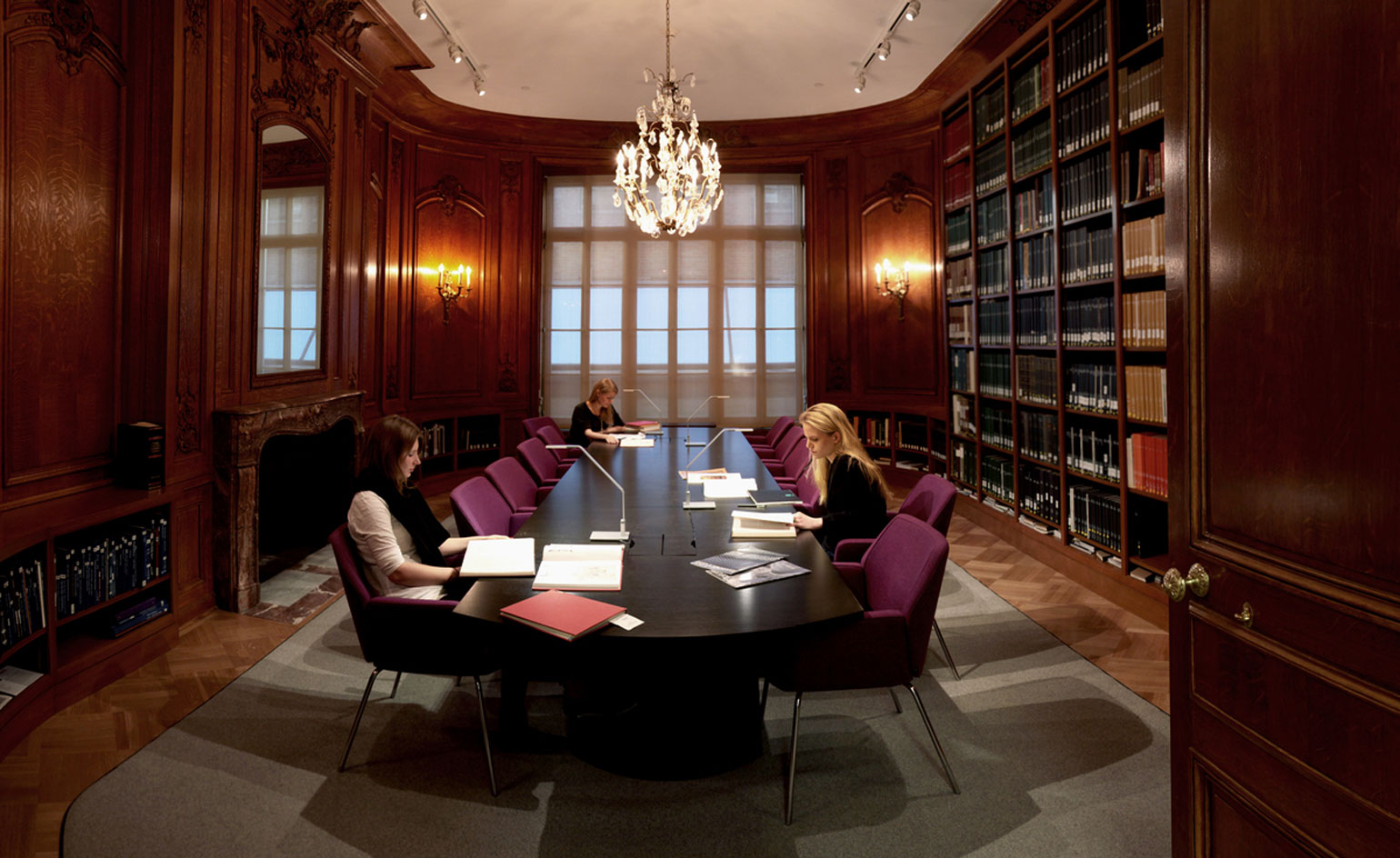
Gluckman Mayner Architects, Diller Scofidio + Renfro, Hood Design, Local Projects, and Pentagram all contributed to the museum's refurbishment project. Courtesy of Cooper Hewitt, National Design Museum, Smithsonian Institution
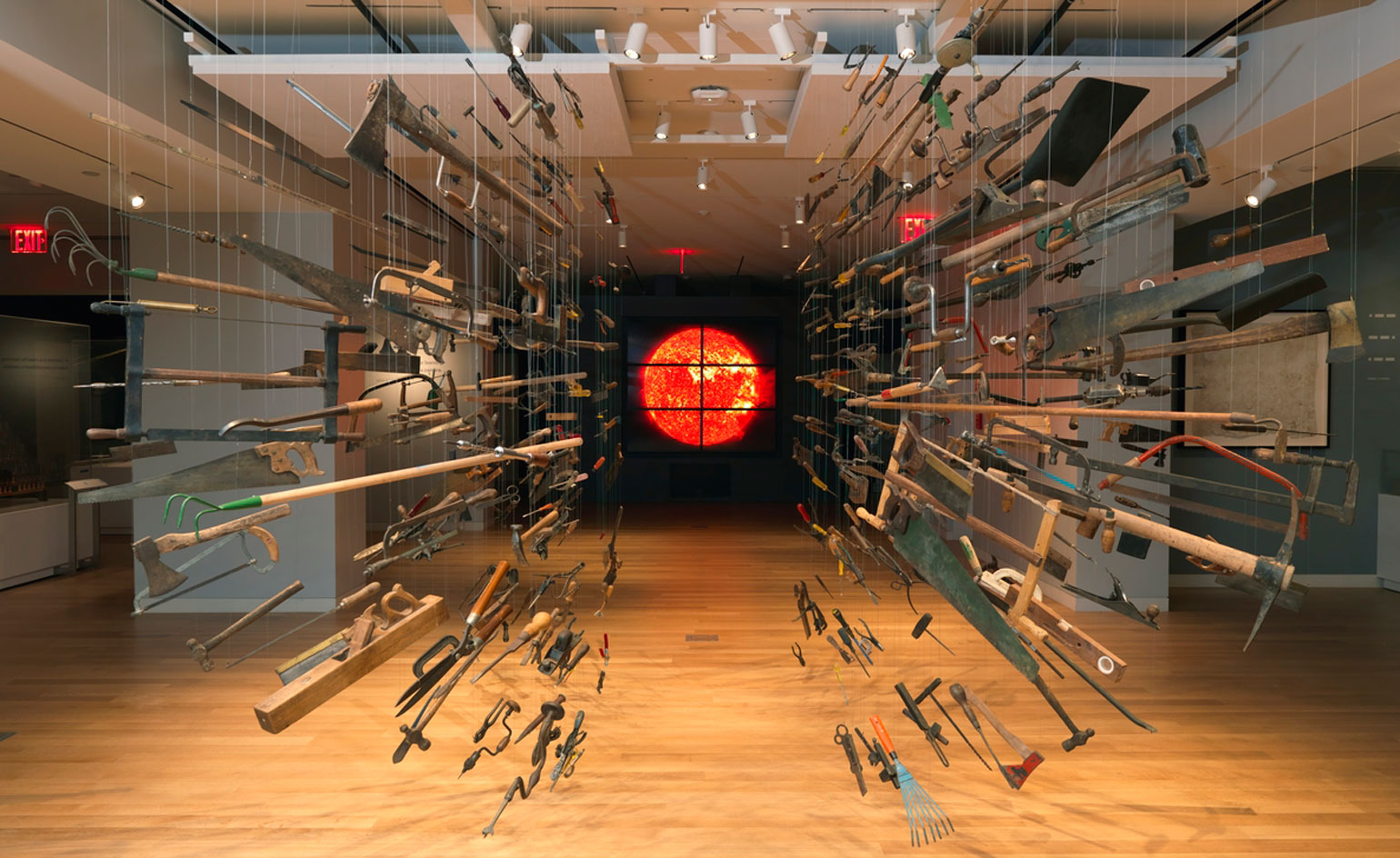
At the centre of the 'Tools: Extending Our Reach' exhibition is Damian Ortega's 'Controller of the Universe', 2007, a frozen 'explosion' of 438 hand tools. Pictured in the background is the solar wall: a live feed of the sun transmitted by an orbiting satellite. © Cooper Hewitt, Smithsonian Design Museum
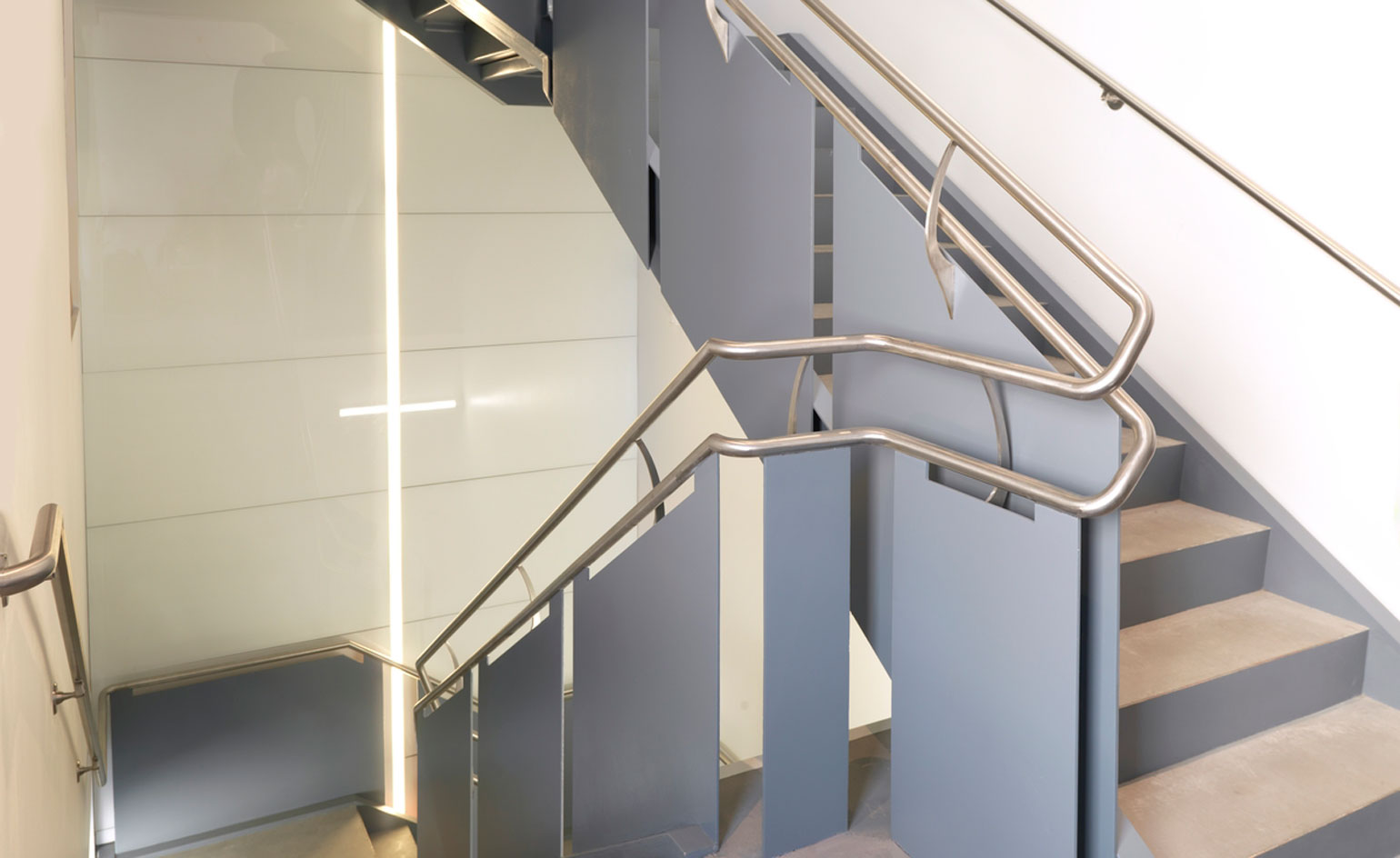
Enhanced public access on each of the mansion's four floors is made possible by a new stairwell, part of the interior renovation designed by Gluckman Mayner Architects in collaboration with Beyer Blinder Belle Architects & Planners, LLP. Courtesy of Cooper Hewitt, National Design Museum, Smithsonian Institution
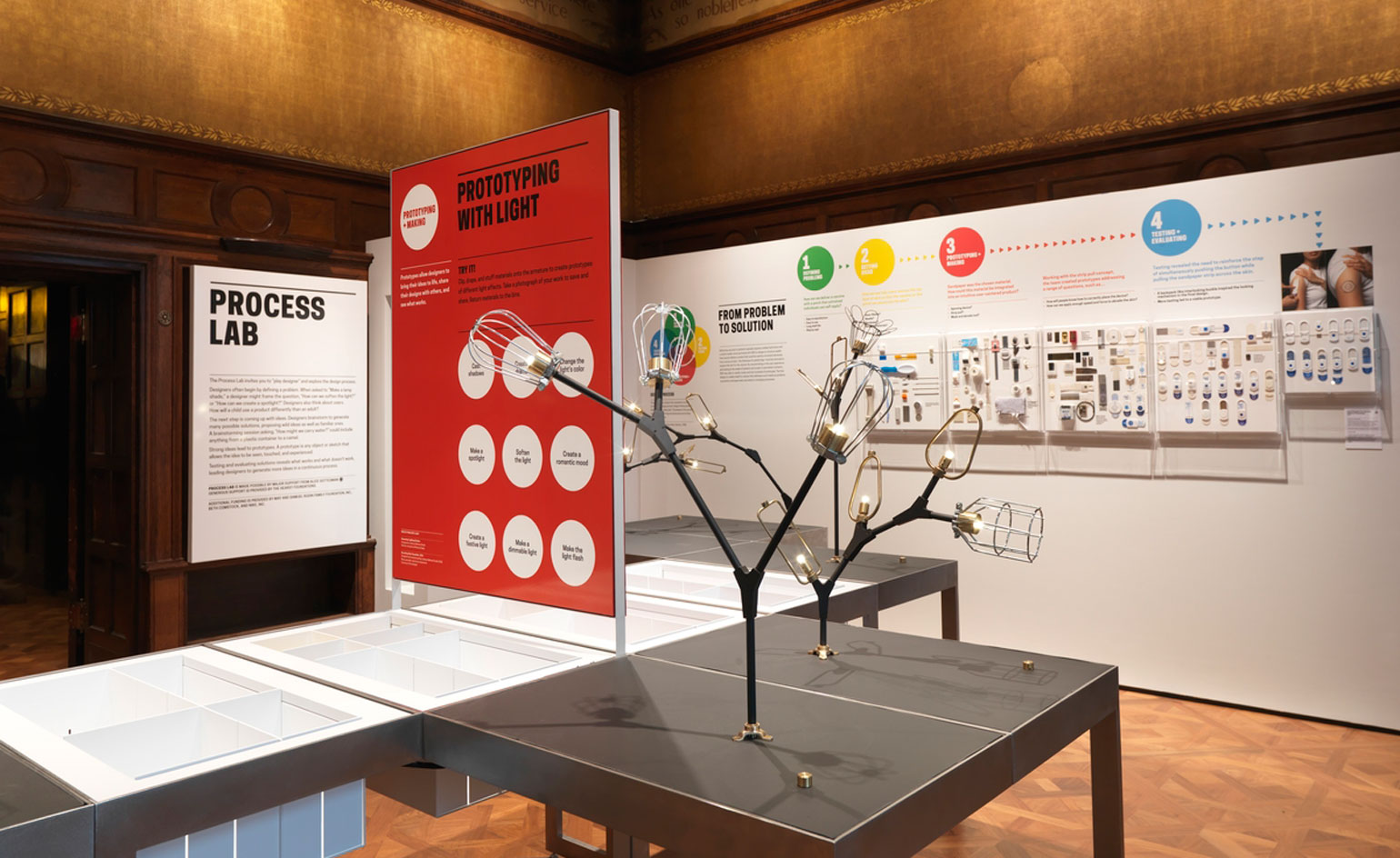
On the ground floor, a hands-on Process Lab allows visitors to immerse themselves in design practice through physical and digital activities to emphasize how design is a way of thinking, planning, and problem solving, and provides a foundation for the rest of the design concepts on view in the museum. © Cooper Hewitt, Smithsonian Design Museum
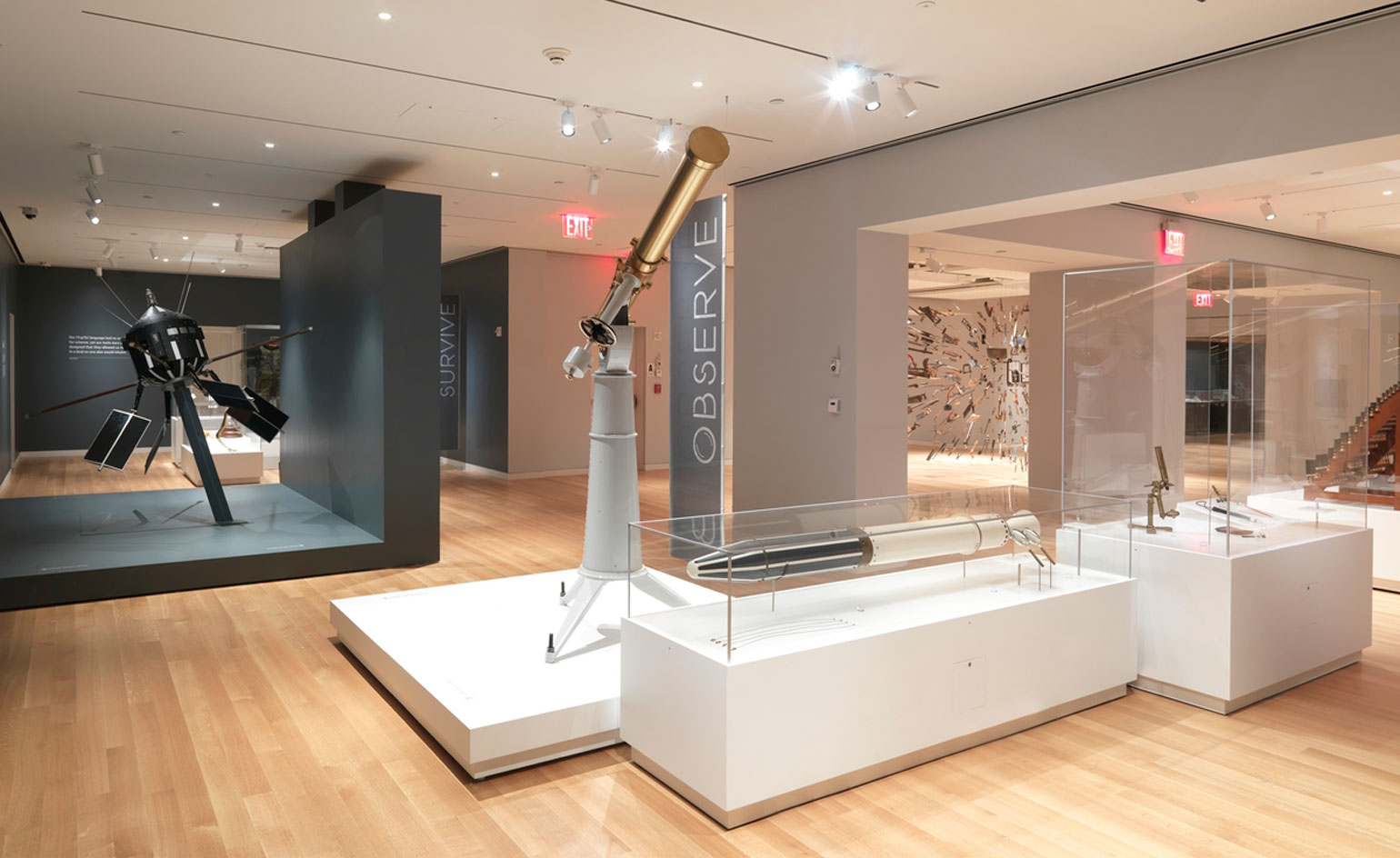
Installation view of 'Tools: Extending Our Reach', which fills the new 6,000 sq ft gallery on the third floor. © Cooper Hewitt, Smithsonian Design Museum
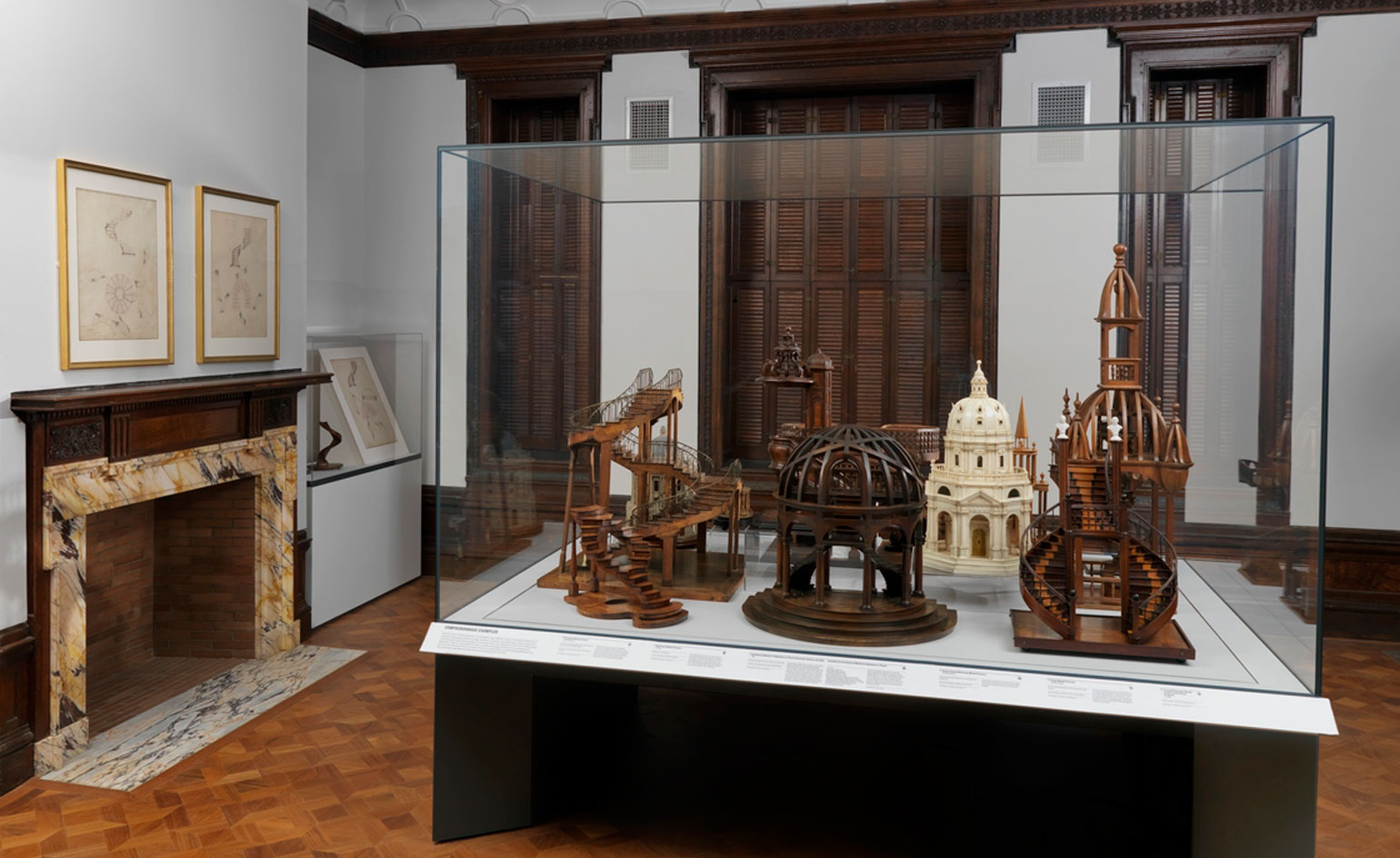
The inaugural display in the Models & Prototypes gallery focuses on exceptional staircase models by aspiring and established craftsmen. Dating from the 18th to the early 20th century, they display the structure and design for staircases in pulpits, bell towers, church domes, department stores, and private homes, as well as document the European tradition of design instruction. © Cooper Hewitt, Smithsonian Design Museum
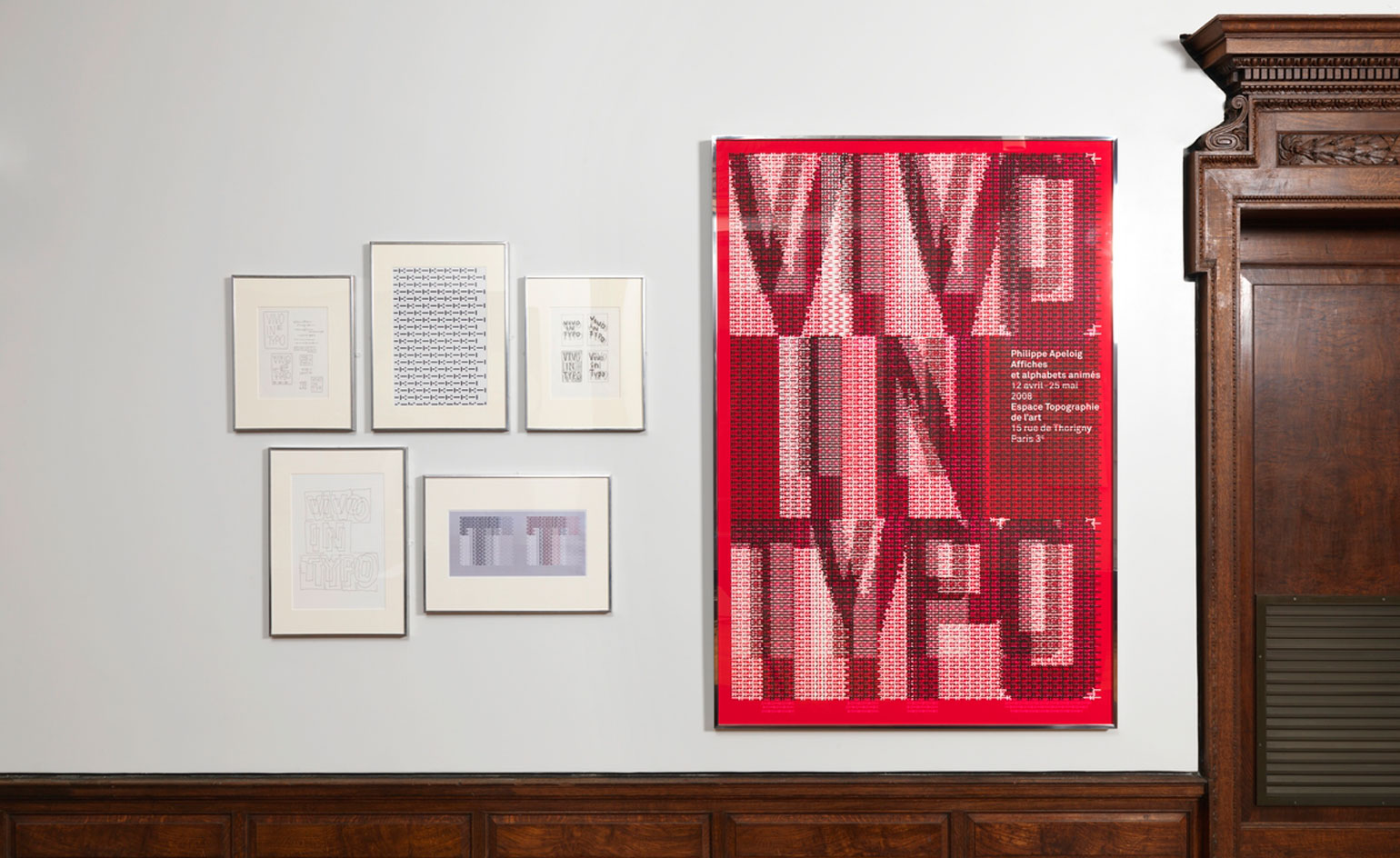
Devoted to the museum's permanent collection, 'Making Design' features furniture, lighting fixtures, tableware, clothing, jewellery, books, and posters that provide an overview of key elements of design such as color: in this case, red. © Cooper Hewitt, Smithsonian Design Museum
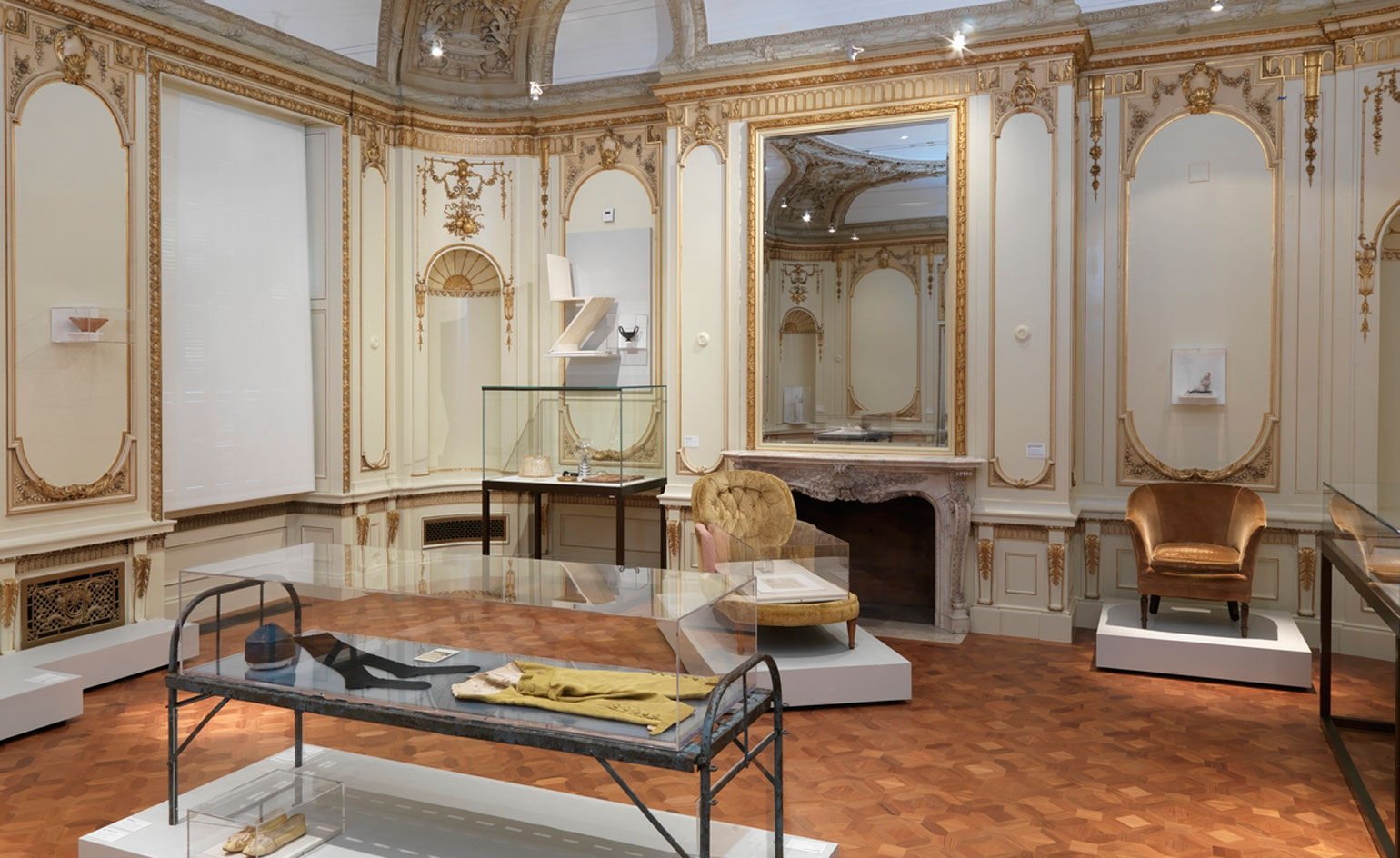
The museum's series of guest-curated exhibitions with Maira Kalman Selects, which brings together 40 objects from Cooper Hewitt, other Smithsonian collections, and her own home. © Cooper Hewitt, Smithsonian Design Museum
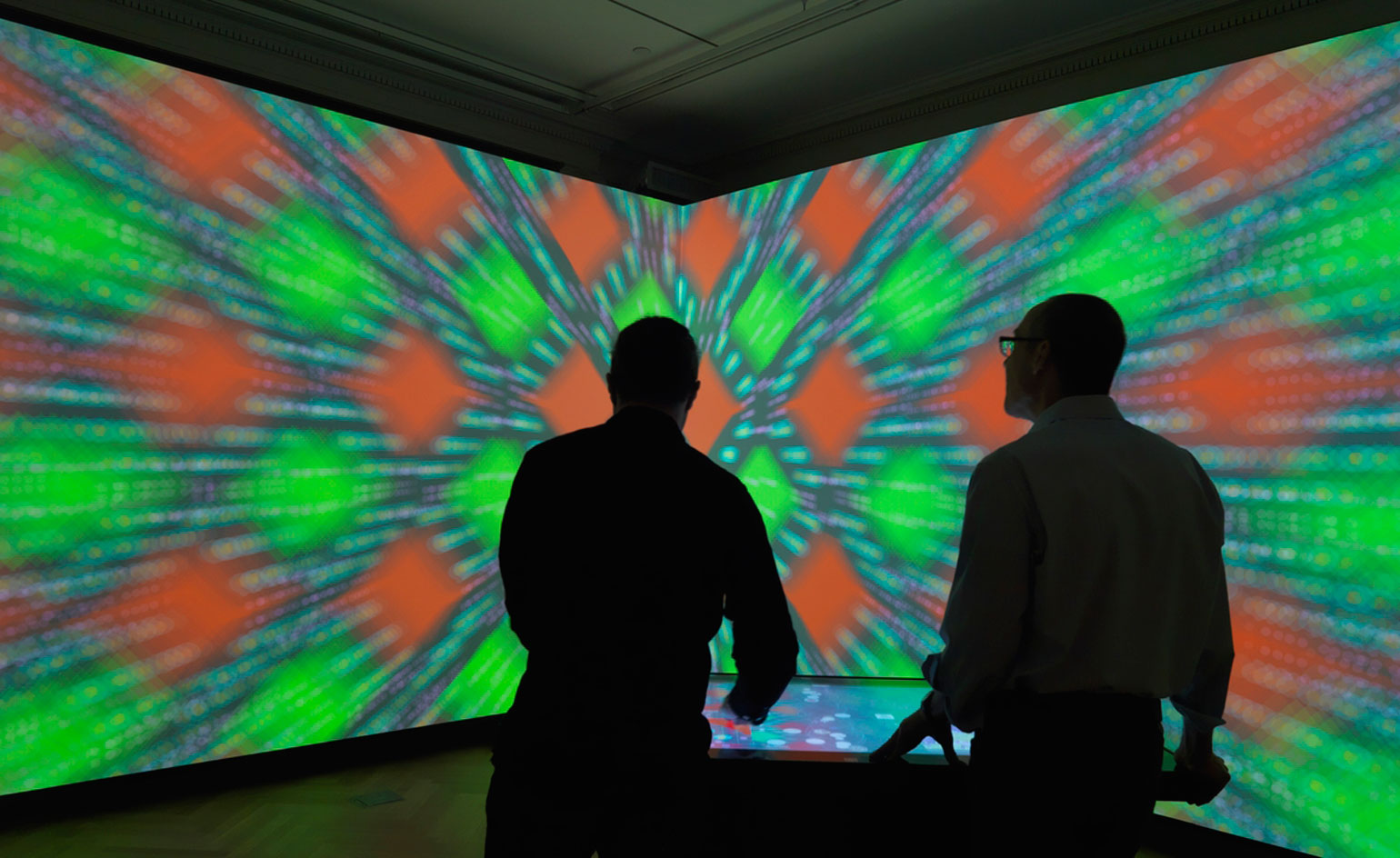
On the second floor, the new Immersion Room features more than 200 examples of Cooper Hewitt's collection of wallcoverings and allows visitors to select their favorite or draw their own designs, and then project full-scale versions onto the gallery walls. © Cooper Hewitt, Smithsonian Design Museum
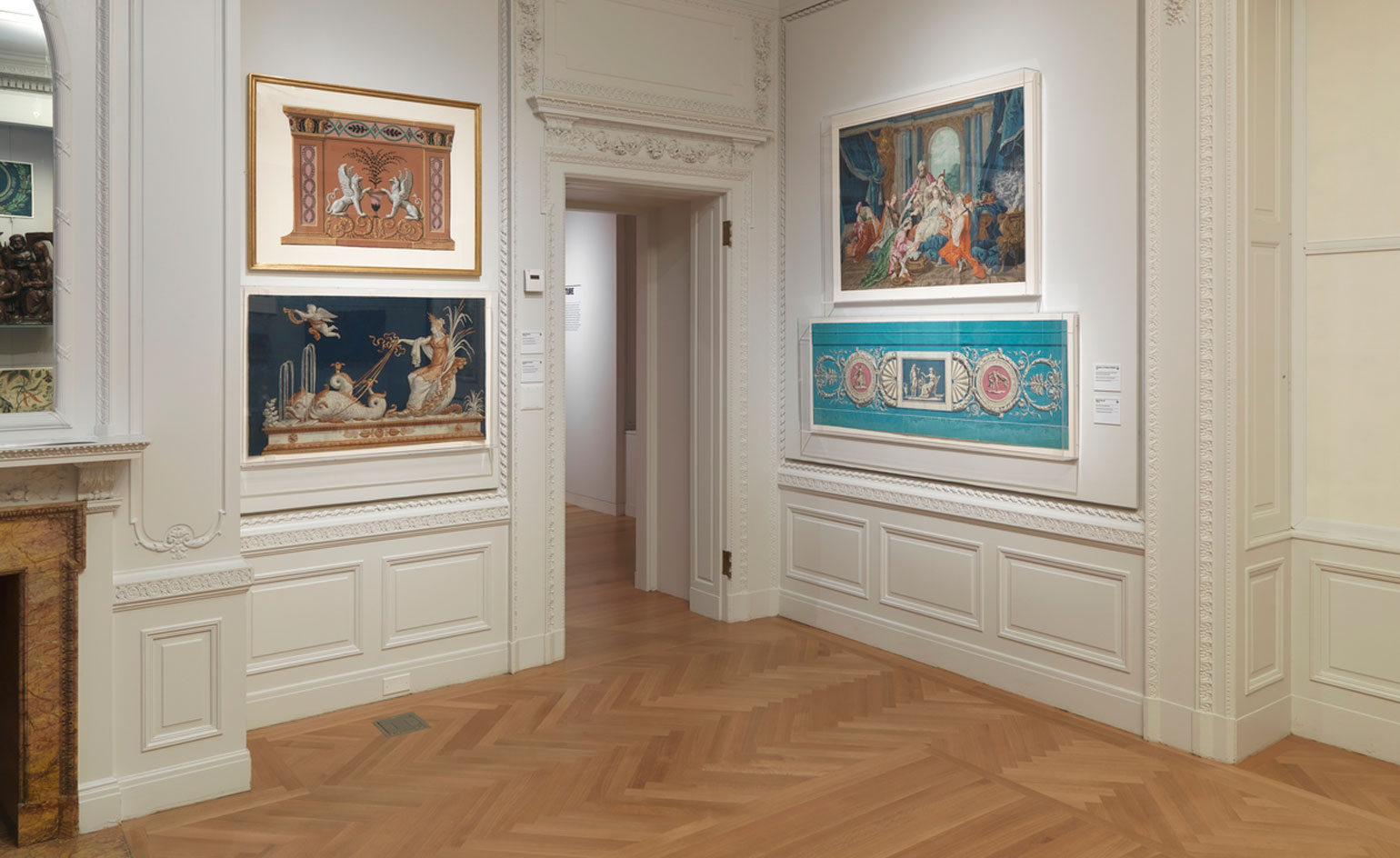
Installation view of 'Hewitt Sisters Collect'. © 2014 Cooper Hewitt, Smithsonian Design Museum
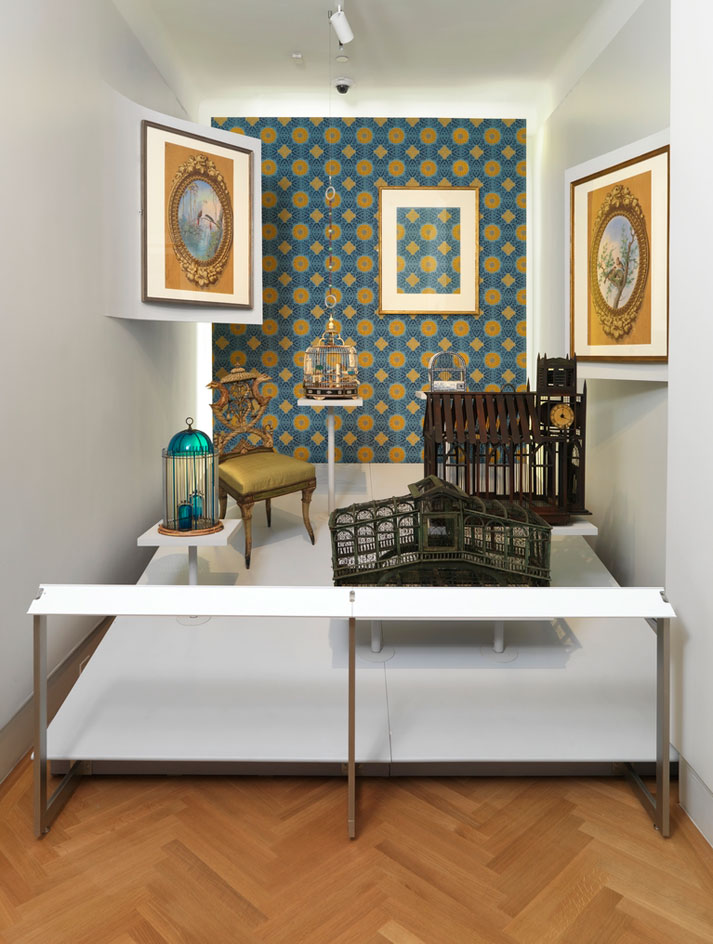
An installation of bird cages is part of Hewitt Sisters Collect, the first exhibition to share the story of Sarah and Eleanor Hewitt, who in 1897 established a museum within Cooper Union modeled on the Musee des Arts Decoratifs in Paris and London's V&A, which later became the basis for the Cooper Hewitt's collection. © 2014 Cooper Hewitt, Smithsonian Design Museum
ADDRESS
Cooper Hewitt Smithsonian Design Museum
2 East 91st Street
New York 10128
Receive our daily digest of inspiration, escapism and design stories from around the world direct to your inbox.
Stephanie Murg is a writer and editor based in New York who has contributed to Wallpaper* since 2011. She is the co-author of Pradasphere (Abrams Books), and her writing about art, architecture, and other forms of material culture has also appeared in publications such as Flash Art, ARTnews, Vogue Italia, Smithsonian, Metropolis, and The Architect’s Newspaper. A graduate of Harvard, Stephanie has lectured on the history of art and design at institutions including New York’s School of Visual Arts and the Institute of Contemporary Art in Boston.
-
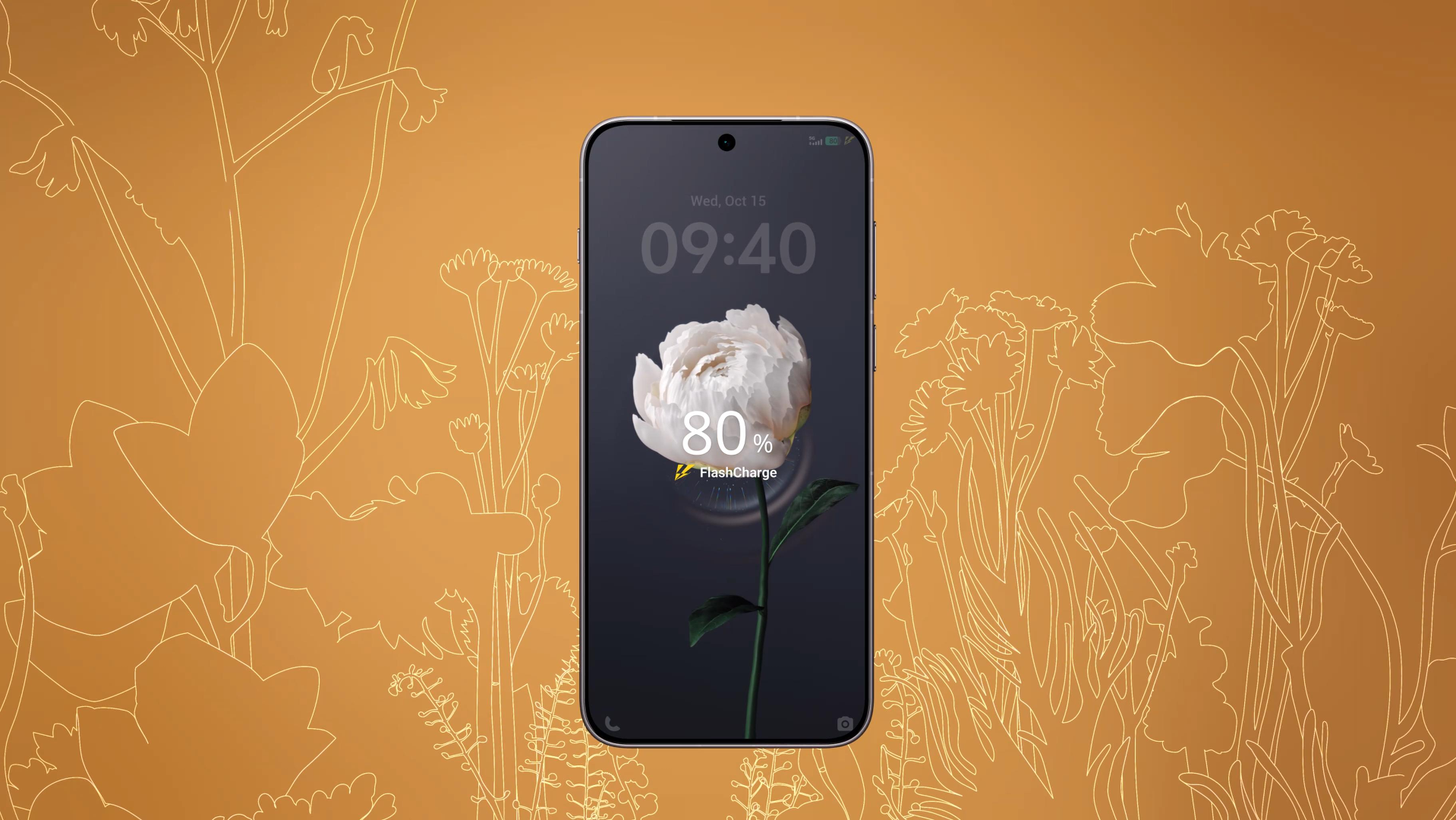 Vivo launches OriginOS 6, for a smooth and intelligent mobile experience
Vivo launches OriginOS 6, for a smooth and intelligent mobile experienceSuperior AI, next-level graphics and a seamless user experience make this Vivo’s most sophisticated operating system yet
-
 Porsche saves the best until last with the stunning 718 Boxster GTS 4.0
Porsche saves the best until last with the stunning 718 Boxster GTS 4.0Could this be the last ever Porsche Boxster with a combustion engine? If so, the 718 GTS 4.0 is the best iteration of the Boxster to date
-
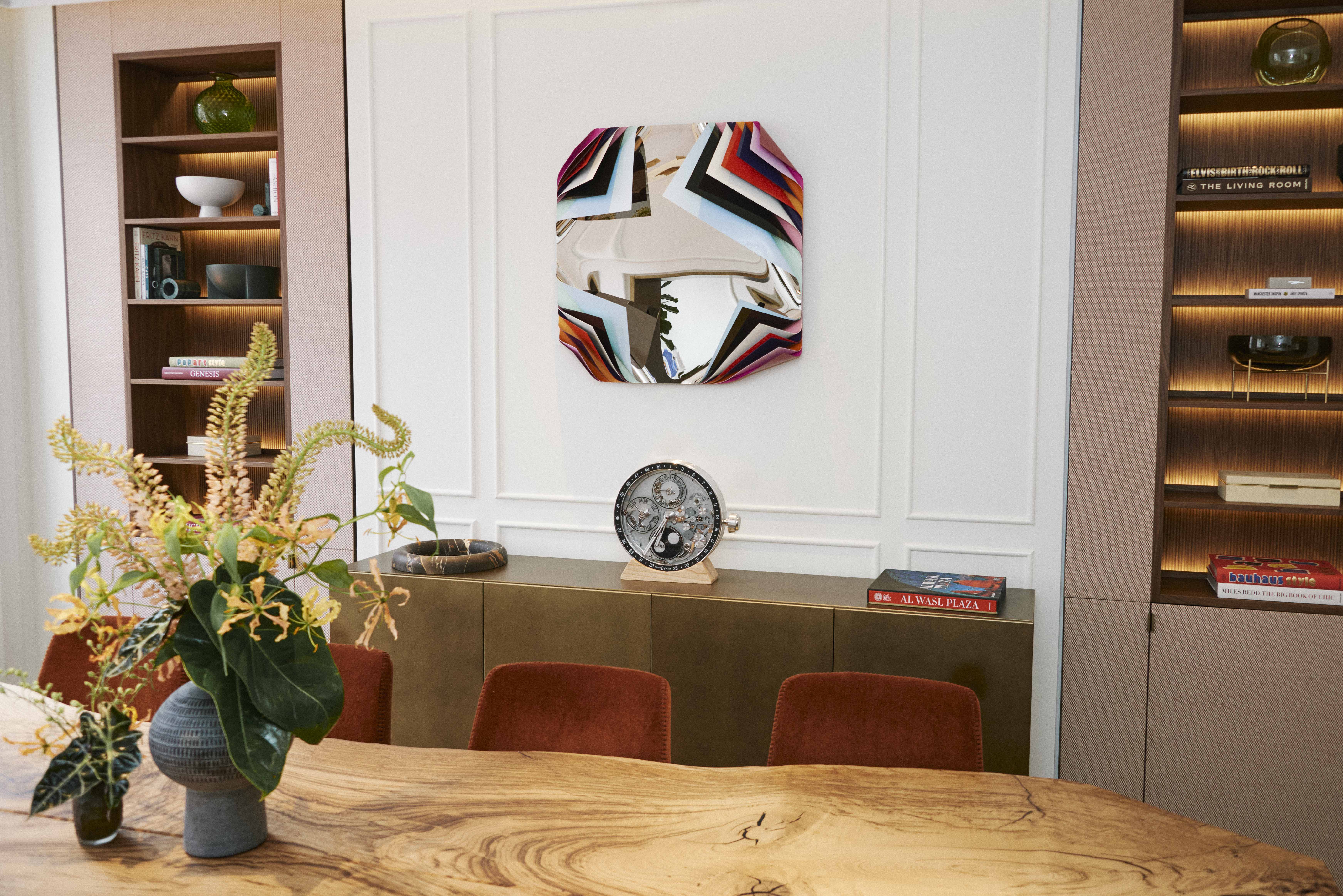 Vinyl, darts, and design: how Audemars Piguet reimagined the watch boutique for Manchester
Vinyl, darts, and design: how Audemars Piguet reimagined the watch boutique for ManchesterThe latest AP House from watchmaker Audemars Piguet displays design codes that nod to the legacy of its location
-
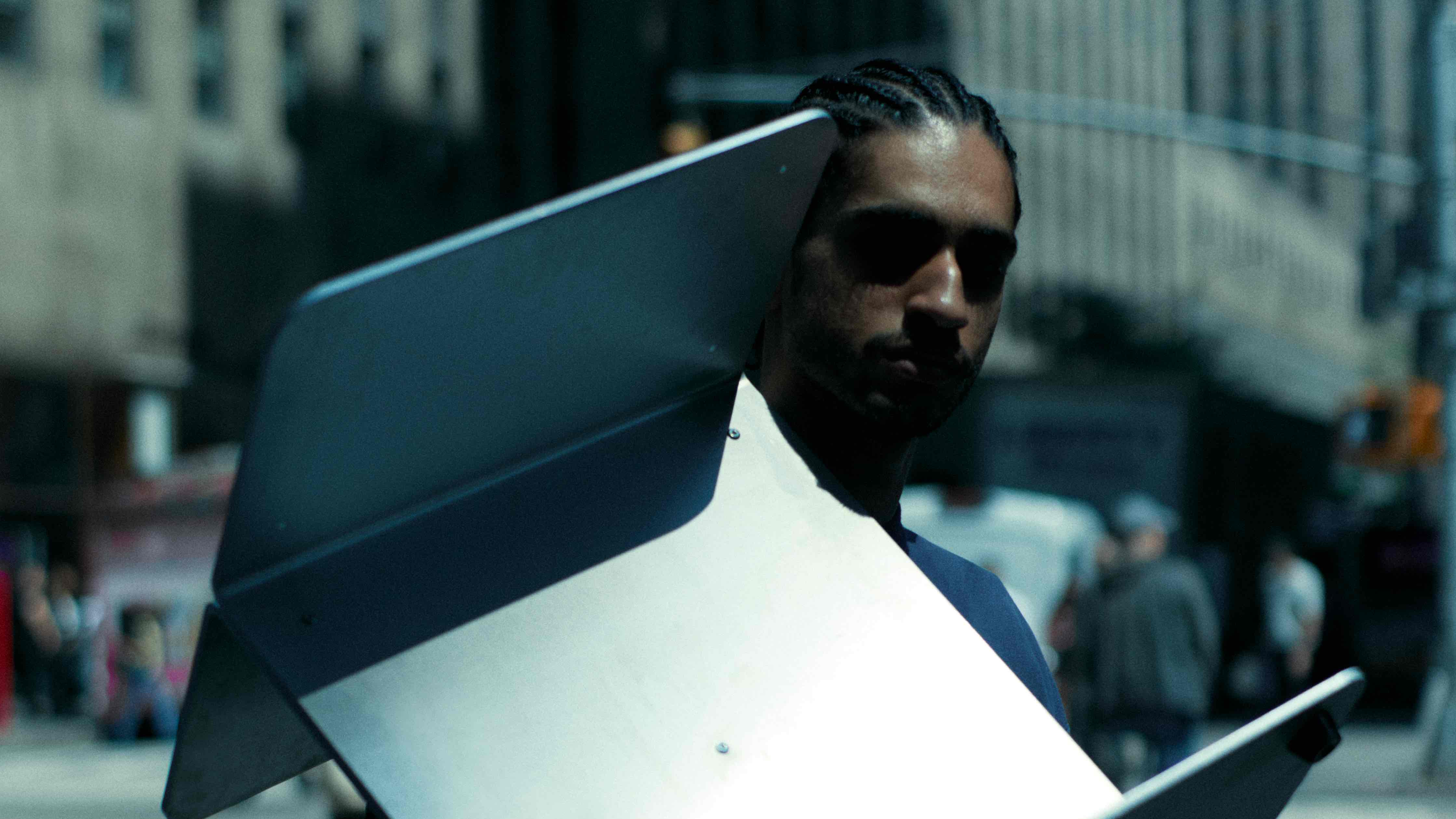 Meet Goodesign, the modular furniture studio with big dreams
Meet Goodesign, the modular furniture studio with big dreamsWallpaper* speaks to Emmanuel Popoteur, the self-taught designer behind New York’s Goodesign, a studio creating intuitive, adaptable furniture for modern living
-
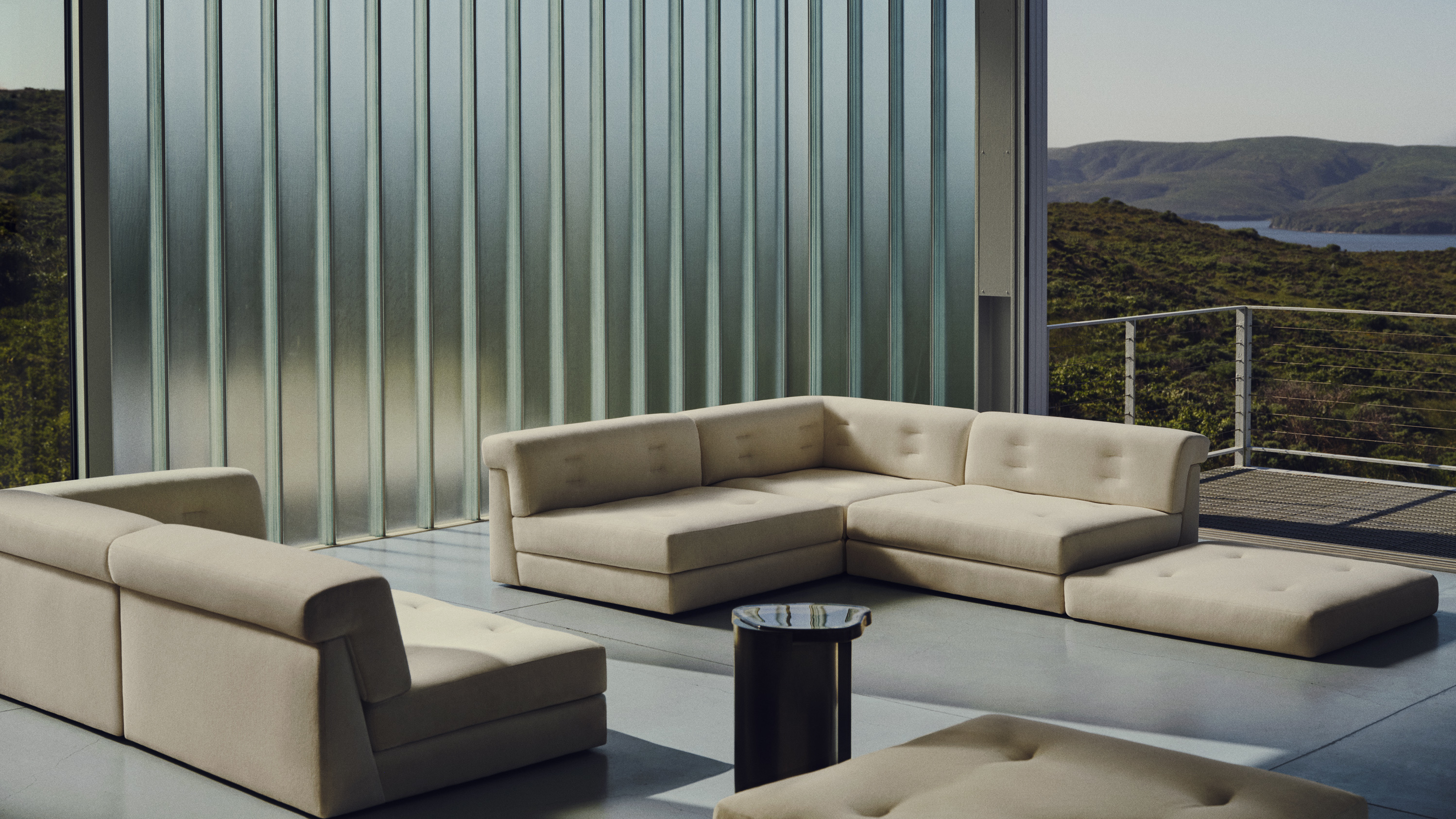 New furniture from Maiden Home elevates elemental materials through unique design
New furniture from Maiden Home elevates elemental materials through unique designFinely crafted and exquisitely formed, the New York furniture brand’s latest designs find their perfect showcase at a modernist Californian home
-
 Wallpaper* USA 400: The people shaping Creative America in 2025
Wallpaper* USA 400: The people shaping Creative America in 2025Our annual look at the talents defining the country’s creative landscape right now
-
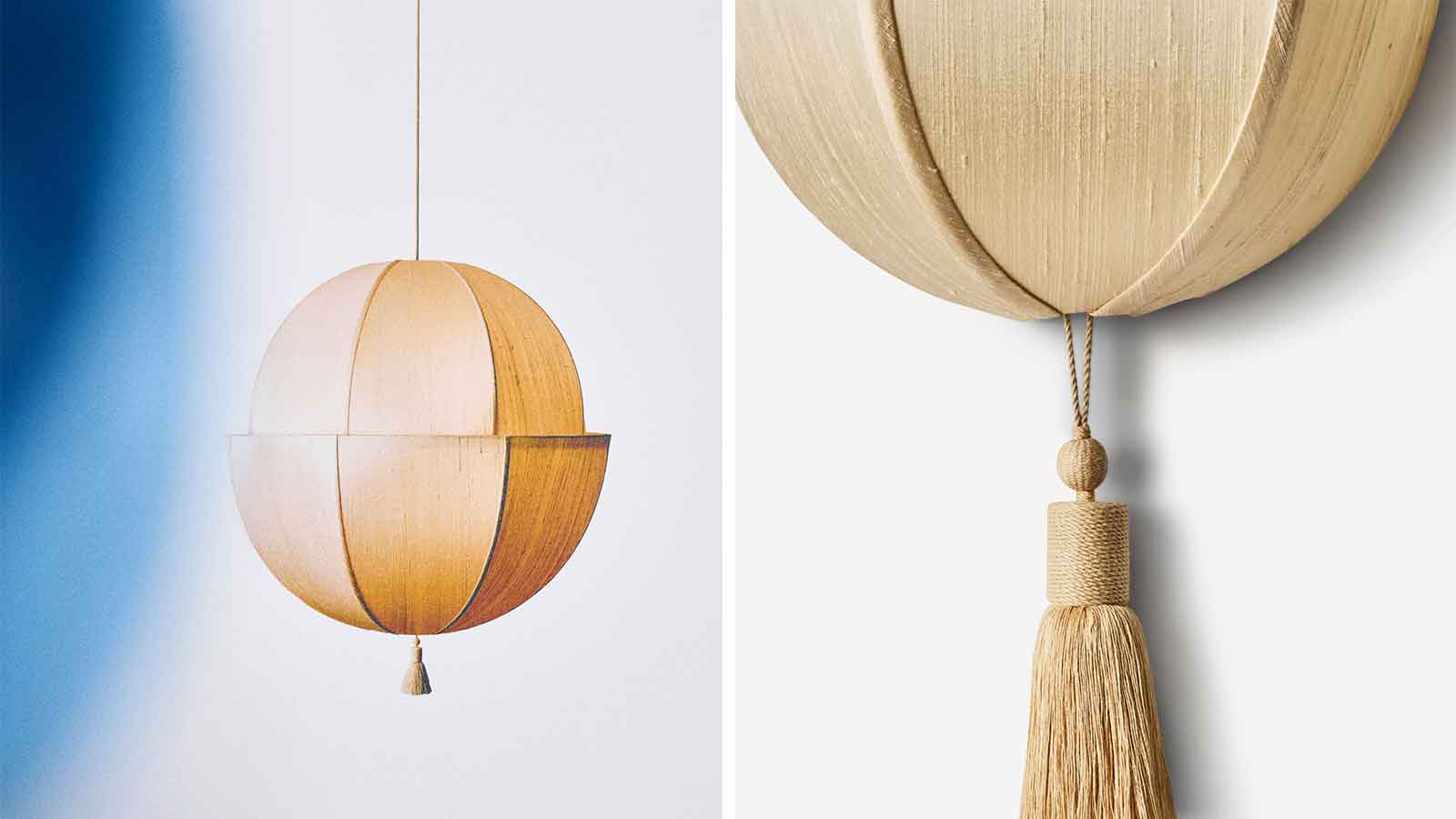 Workstead's lanterns combine the richness of silk with a warm glow
Workstead's lanterns combine the richness of silk with a warm glowAn otherworldly lamp collection, the Lantern series by Workstead features raw silk shades and nostalgic silhouettes in three designs
-
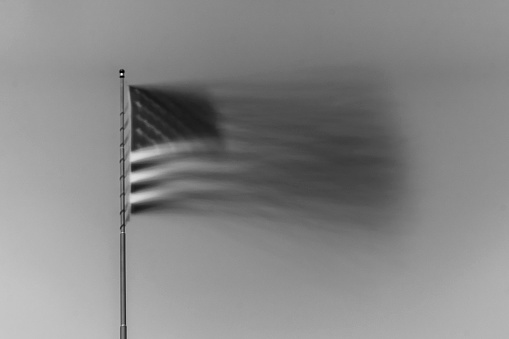 Can creativity survive in the United States?
Can creativity survive in the United States?We asked three design powerhouses to weigh in on this political moment
-
 Murray Moss: 'We must stop the erosion of our 250-year-old American culture'
Murray Moss: 'We must stop the erosion of our 250-year-old American culture'Murray Moss, the founder of design gallery Moss and consultancy Moss Bureau, warns of cultural trauma in an authoritarian state
-
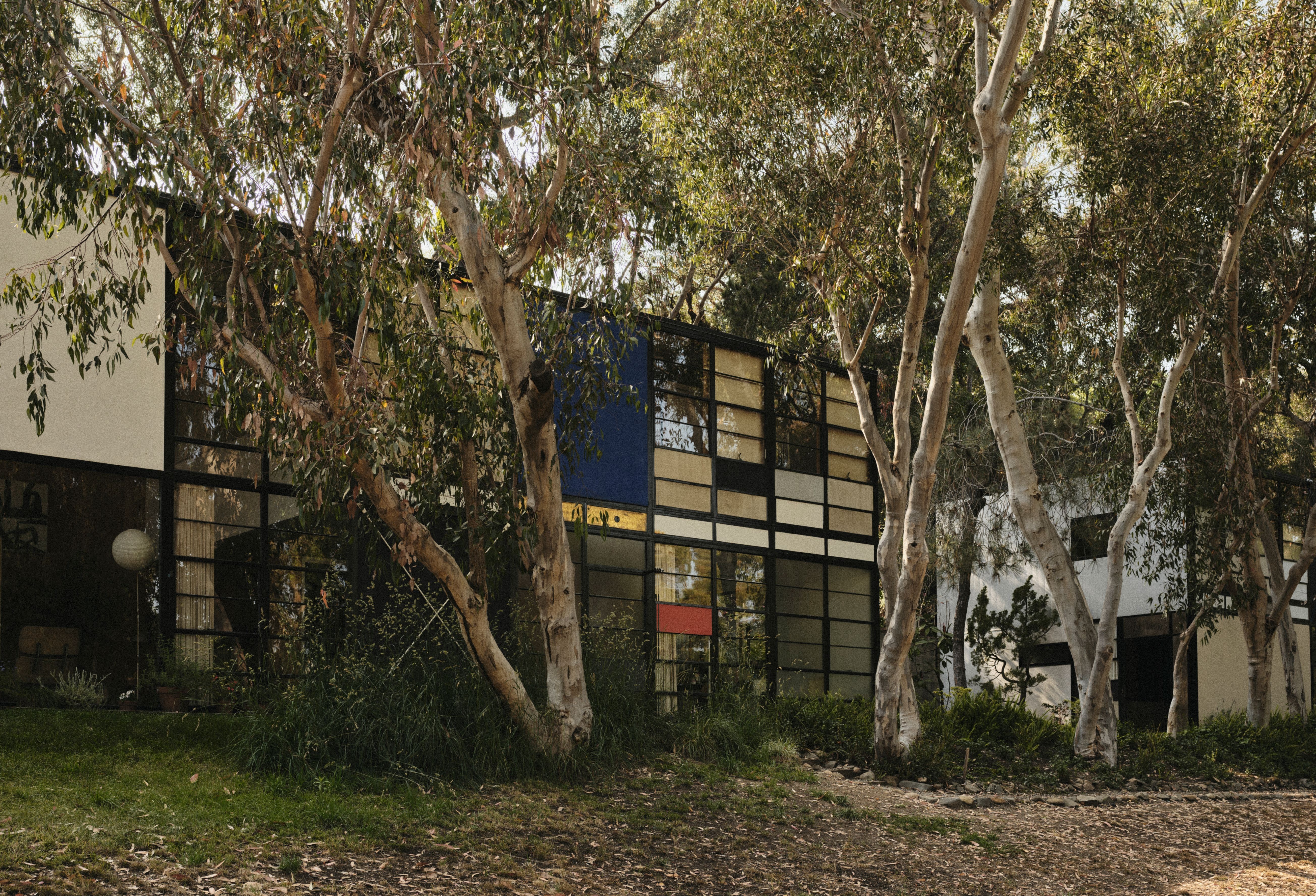 ‘You can feel their presence’: step inside the Eameses’ Pacific Palisades residence
‘You can feel their presence’: step inside the Eameses’ Pacific Palisades residenceCharles and Ray Eames’ descendants are exploring new ways to preserve the designers’ legacy, as the couple’s masterpiece Pacific Palisades residence reopens following the recent LA fires
-
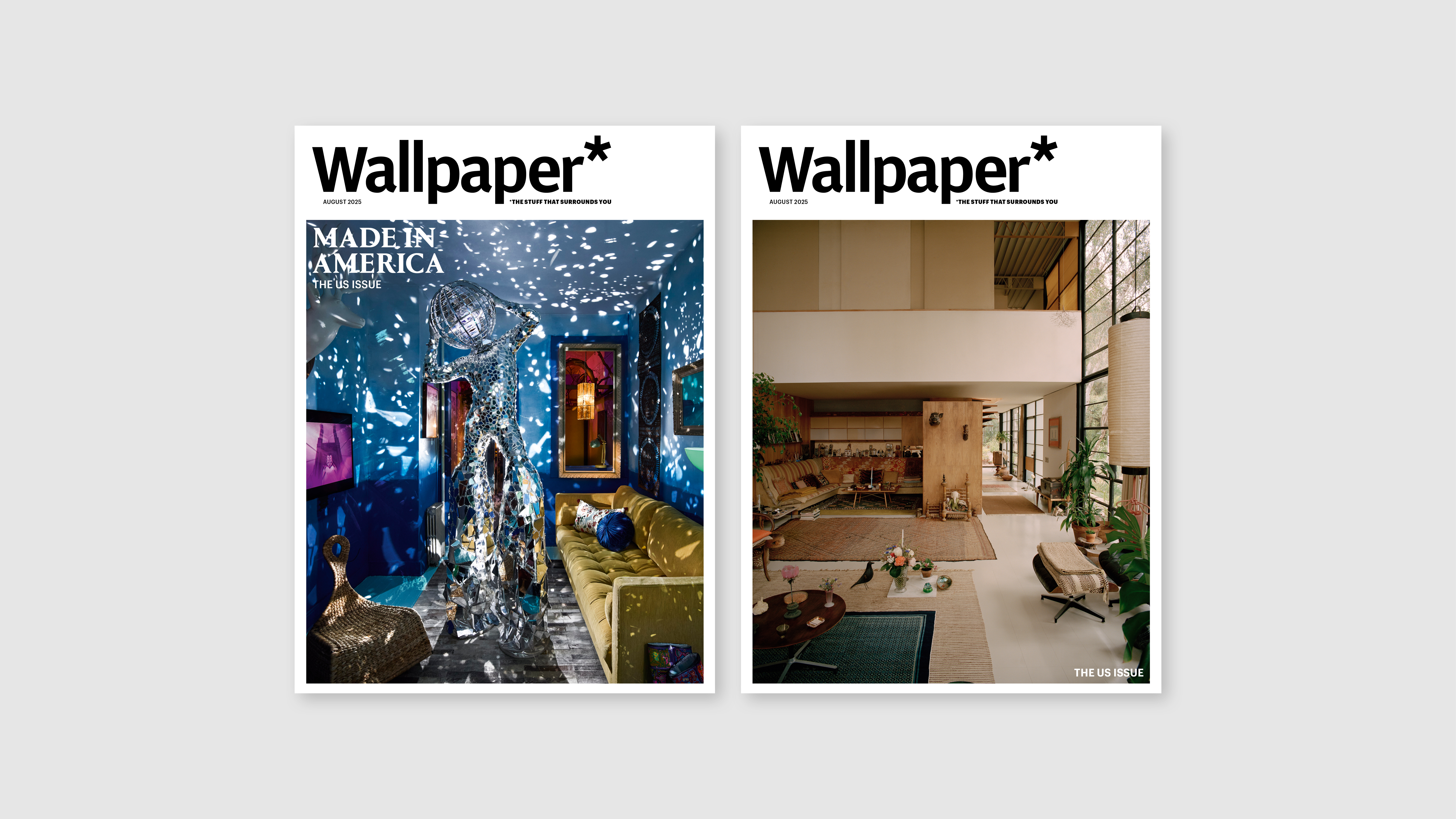 2025’s Wallpaper* US issue is on sale now, celebrating creative spirit in turbulent times
2025’s Wallpaper* US issue is on sale now, celebrating creative spirit in turbulent timesFrom a glitterball stilt suit to the Eames House, contemporary design to a century-old cocktail glass – the August 2025 US issue of Wallpaper* honours creativity that shines and endures. On newsstands now